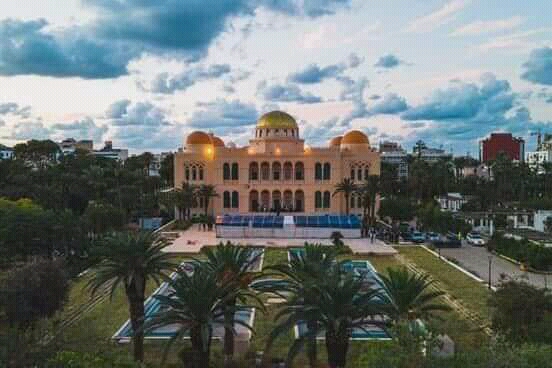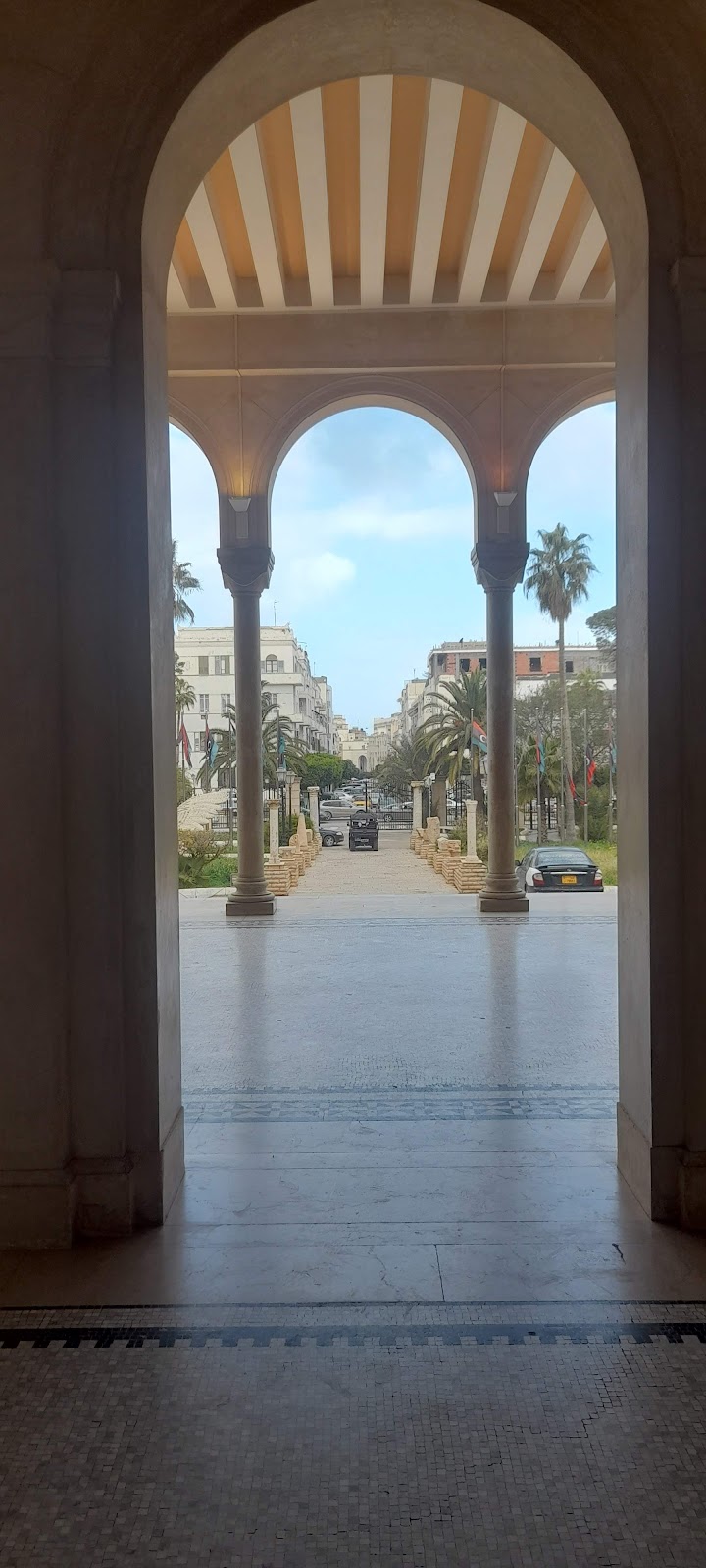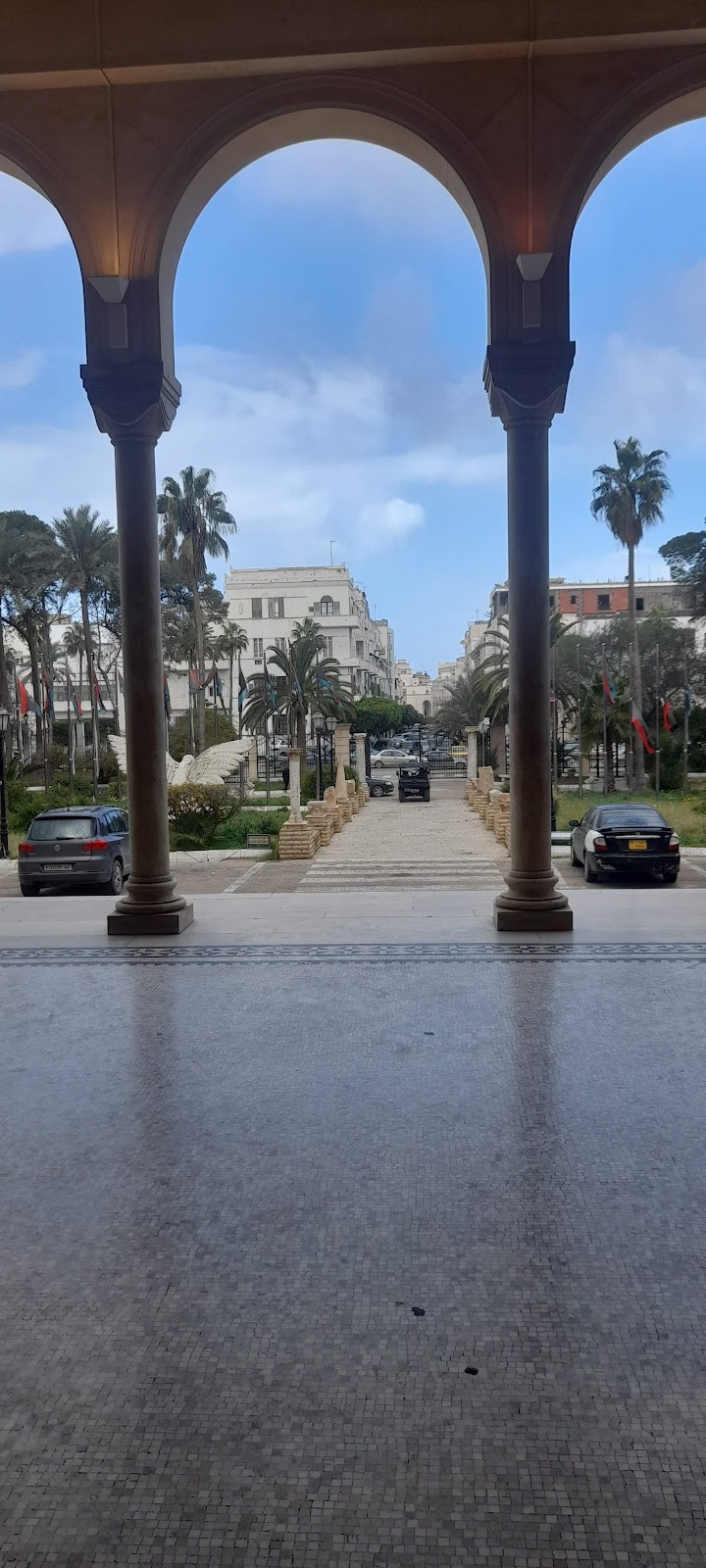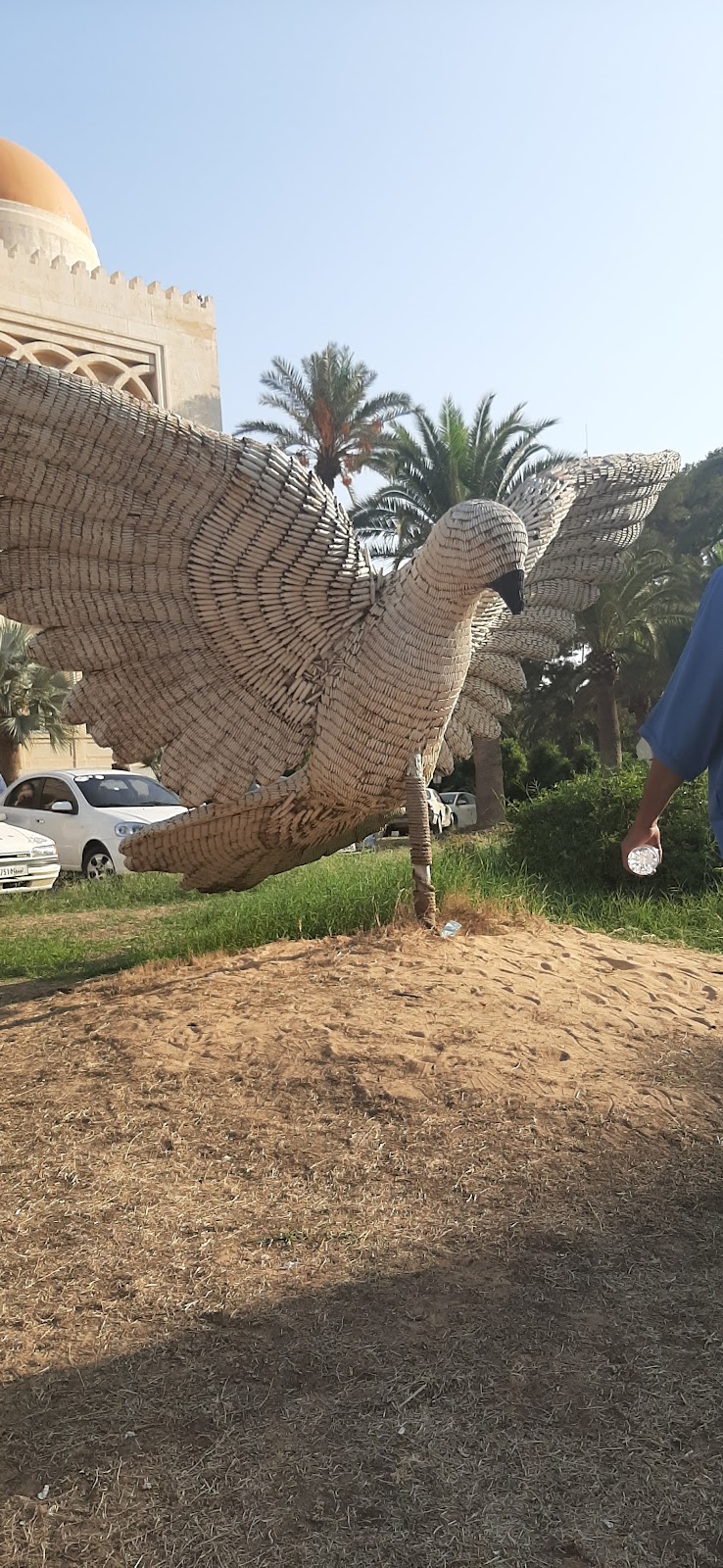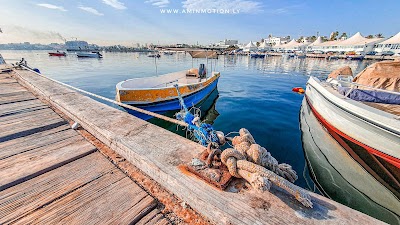The Royal Palace of Tripoli (قصر الملكي طرابلس)
Overview
The Royal Palace of Tripoli, a stunning architectural gem nestled in the heart of Tripoli, Libya, is a remarkable testament to the country's rich history and artistic heritage. Originally constructed during the Ottoman era in the 19th century, this grand palace has undergone various expansions and renovations, evolving to reflect the architectural trends of the times and the needs of its occupants.
The foundation of this magnificent palace was laid in 1835 under the rule of the Ottoman Governor, Yusuf Karamanli, who envisioned it as a powerful symbol of governance. Local limestone and marble, readily available in the region, were used in its construction. To ensure the palace's grandeur, skilled craftsmen from various parts of the Ottoman Empire were brought in, showcasing the artistry and craftsmanship of the era.
Initially, the palace presented a simple rectangular structure featuring a central courtyard surrounded by elegant arched corridors. The design showcased classic elements of Ottoman architecture, including domes, arches, and intricate tile work. This central courtyard served as a venue for official ceremonies and receptions, offering a serene ambiance with lush gardens and sparkling fountains that added to its charm.
In the early 20th century, during the Italian colonization, the palace experienced significant transformations. Italian architects and engineers embellished the existing structure, adding modern wings and amenities while integrating neoclassical design elements that complemented the original Ottoman style. This expansion included luxurious reception halls, opulent ballrooms, and private quarters fit for the royal family.
Following Libya's independence in 1951, the palace became the official residence of King Idris I. During this period, the palace was further modernized, featuring a grand staircase adorned with a striking red carpet, exquisite chandeliers imported from Europe, and finely crafted furniture by Libyan artisans. The walls were adorned with captivating paintings that depicted Libya's rich history and landscapes, commissioned from prominent artists of the time.
One of the most notable renovations took place in the 1960s, aimed at transforming the palace into a symbol of Libya's newfound prosperity and national pride. The interior was extensively redecorated, blending traditional Libyan motifs with contemporary designs, while the gardens were meticulously redeveloped, featuring exotic plants, meticulously trimmed hedges, and elegant marble statues.
Throughout its storied history, the Royal Palace of Tripoli has hosted countless significant events and dignitaries. It has served as a venue for royal ceremonies, state banquets, and diplomatic meetings, with its grand halls and lavish rooms witnessing pivotal moments that have shaped Libya's modern history.
Despite facing challenges amid political turmoil and conflicts in recent decades, efforts have been made to preserve the palace's architectural integrity and restore its former glory. Today, the Royal Palace of Tripoli stands not only as a symbol of Libya's royal heritage but also as a vital cultural landmark, attracting visitors and researchers eager to explore the nation's rich history and architectural splendor.
With its intricate blend of Ottoman, Italian, and Libyan architectural elements, the Royal Palace remains a captivating structure that reflects the diverse cultural influences that have shaped Libya over centuries. It is a lasting symbol of resilience, beauty, and the enduring spirit of a nation that has witnessed immense change and growth.


